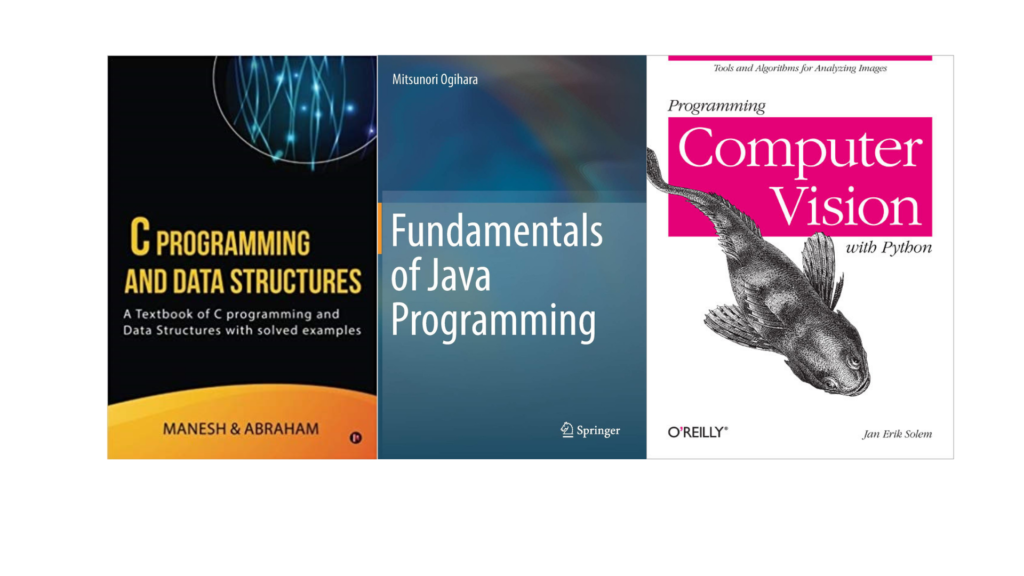September 9, 2019
We’ve all heard the phrase “Don’t judge a book by its cover!” at some point in our lives. It stems from human’s subconscious judgement of anything we perceive for the first time and is usually formed by our previous experiences. While searching for books about design patterns in object oriented programming I did just this and in doing so, missed the very reason why the “Head First” series are excellent books for anyone looking to understand programming better.
Anyone who has read or at least held an academic textbook about programming will probably agree that their cover art is often generic and boring.

Do any of these examples get you excited for the subject? Do they illicit an emotional response that makes you wonder what’s inside them? Does it make you feel anything? No offense to the books themselves as I’m sure they’re full of great information, but I wouldn’t say yes to any of that.
Cue “Head First Design Patterns: A Brain Friendly Guide”:

When I first saw this my immediate though was, “This book has good reviews but why is this cover art so unconventional?”. It came off to me as a book that was likely as unconventional as its cover and therefore less than a more “professional” book on programming. While I was right about its lack of convention, I was wrong about its effectiveness as a teaching tool. In fact, the book opens with a brief write up on meta-cognition, reasoning for its strange design choices and why its approach to learning makes it so effective.
The conventional method of learning seems to be sheer repetition. If you see something enough times, eventually your brain will store the information more permanently but this process can often take much longer than you, me or anyone would like.
The alternative way is studying to create an emotional response be it disgust, surprise, humor, etc. Feeling any of these emotions is a way for you to know that your brain is engaged in the task at hand and you’ll be much more likely to remember it later. These are often felt when studying anything you have a natural curiosity for but can also be created though methods like a creative application of the information.
Learning programming is no different. It can sometimes be a pretty dry subject and as a result, learning it can be the same way. If what you’re learning is necessary but not engaging, try to change your approach and create your own engagement from the information or if necessary, seek another resource (like books in the Head First series) that intentionally engages you in this way. The main idea is to entice an emotional response, hopefully good, from what you’re studying to increase your ability to retain it!
This and more in: Head First Design Patterns: A Brain-Friendly Guide





